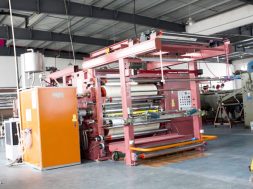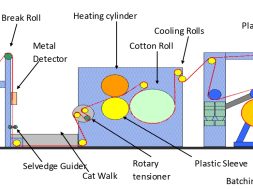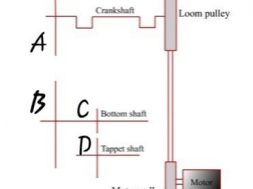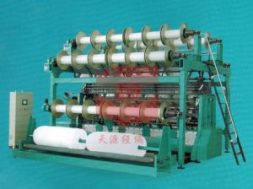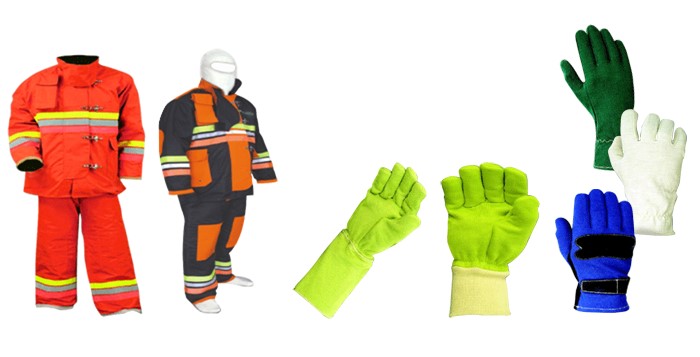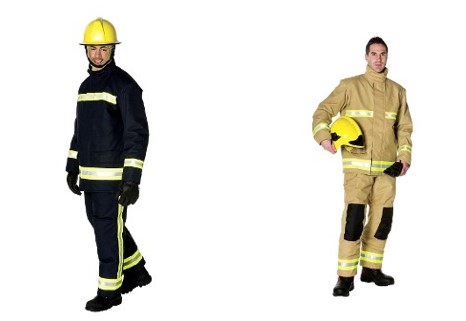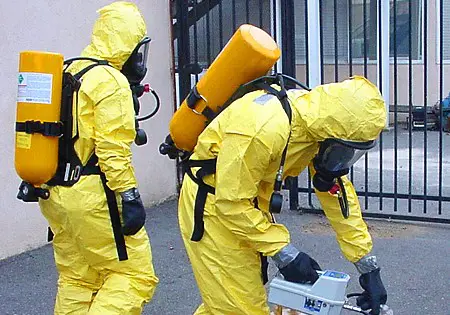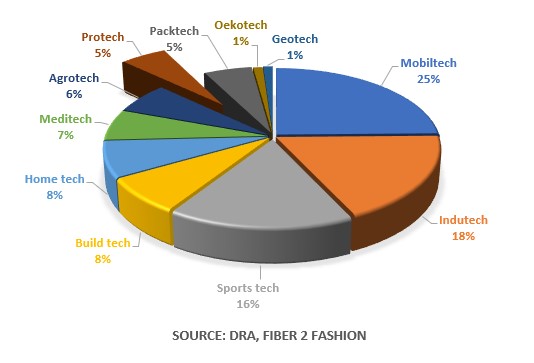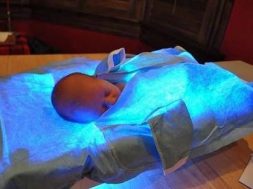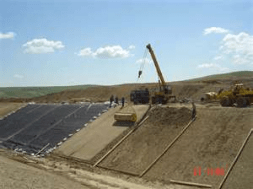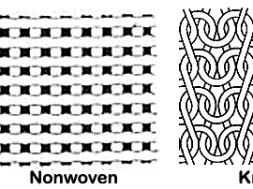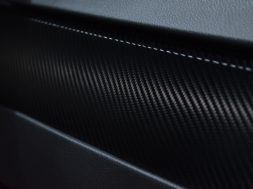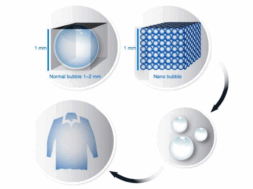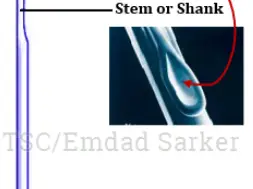
Protective Textiles Introduction
Protective Textiles Introduction
Protective Textiles:
Textiles, which have most common uses for clothing & that provide a certain outlook or appearances. But for working in adverse environment we need protection rather than appearances. Protective textile is one kind of technical textile which provides some protective functions like heat protection, ballistic protection, hazardous chemical protection, cold protection etc.
Protective textiles can be used for followings:
1 . Heat & flame resistant clothing:
People whose are working in welding or moulding factories that produce enough heat and flame, have to wear this type of apparel. Human body feels burning effects at 45°C and burning at 72°C. This protection is related to the ability of textile to resist conductive, convective, radiant thermal energy or more.
2 . Bulletproof clothing:
This type of clothing works as a form of body armor that minimizes injuries from projectiles fired from handguns, shotguns, or rifles. Sometimes it is called ballistic vest or bullet-resistant vest. These vests use layers of very strong fibers to catch and deform a bullet by spreading its force over a larger portion of vest fiber. Police, military, bomb disposal officers wear this type of clothing. 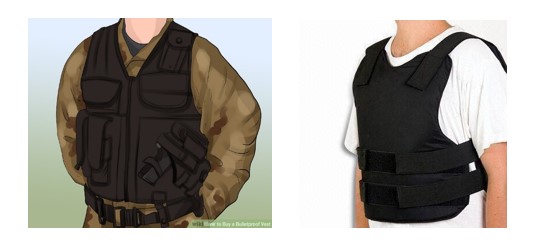
3 . Fire fighter suits:
Heat stress is a well-known enemy of the fire fighters as it causes accidents. That’s why this suit designed to shield firefighters from radiant heat. Firefighters suits permit free evaporation of sweat and well- ventilated system to minimize the risk of burn injury. Fire fighter suit has been tested from 56 types of fibers for their performances of fighting against fire but for better effectiveness thickness is more important than the fiber type.
4 . Clothing against chemical hazard:
Hazardous chemical can be in liquid form or powdered form or gaseous form. And so protective textile is made depending on the from of hazardous chemical. Liquid chemical should not pass through the clothing and should not come in contact to the skin. Gaseous & powder chemical should not enter in to the body by respiration.
5 . Micro-organism protection:
Microorganisms are a microscopic organism that include all unicellular organism and these can form an endosymbiotic relationship with larger organisms of human body or others. That’s why microorganisms are the causative agents in many infectious diseases. For this protection of clothing, fibers should have high absorbency to remove liquid for halting the movement of bacteria and trapping it with in the fiber structure. Physical properties of fiber like shape of cross section also influence the barrier effectiveness.
6 . Clothing for space shuttle:
Space shuttle is a reusable low earth orbital spacecraft system which is controlled by NASA. In the space shuttle air pressure is kept at 1 atmosphere, which is same level as on the earth. For maintaining this atmospheric pressure space suit is worn by the astronauts. This suit provides protection against harsh environment of outer space. For this clothing, cotton fabric has been considered as the best for it’s comfortability, electrical resistivity, skin sensitivity.
Global Technical Textile Market:
Global technical textiles market is growing at a CAGR of 8%
(2561)

